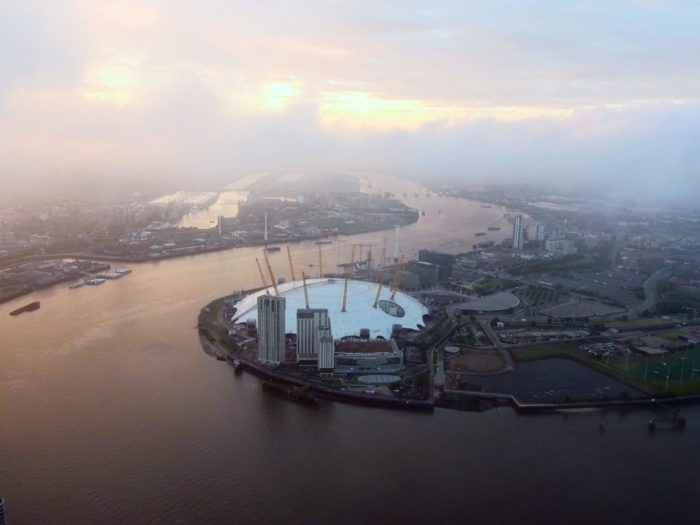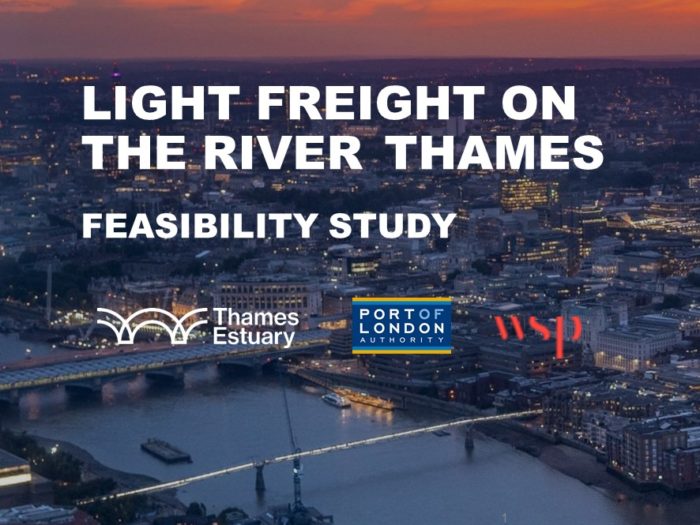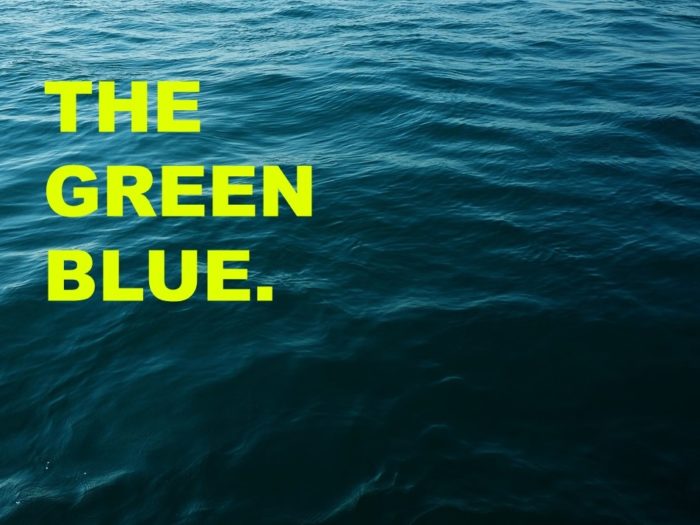The ‘MSRS – Light Freight Analysis Report’ highlights the changes needed to the government grant scheme in order for it to support operators to move freight by water from road.
While the Government’s Mode Shift Revenue Support (MSRS) scheme aims to remove short-term financial barriers preventing companies moving away from road transportation and reducing CO2 emissions, the analysis prepared by WSP UK , outlines several ways in which the funding criteria inadvertently disadvantage light freight.
The analysis within the MSRS report considers both light and heavy freight, and highlights a number of barriers as well as enablers, and provides a succinct evidence base that informs the case for reforming the MSRS scheme.







